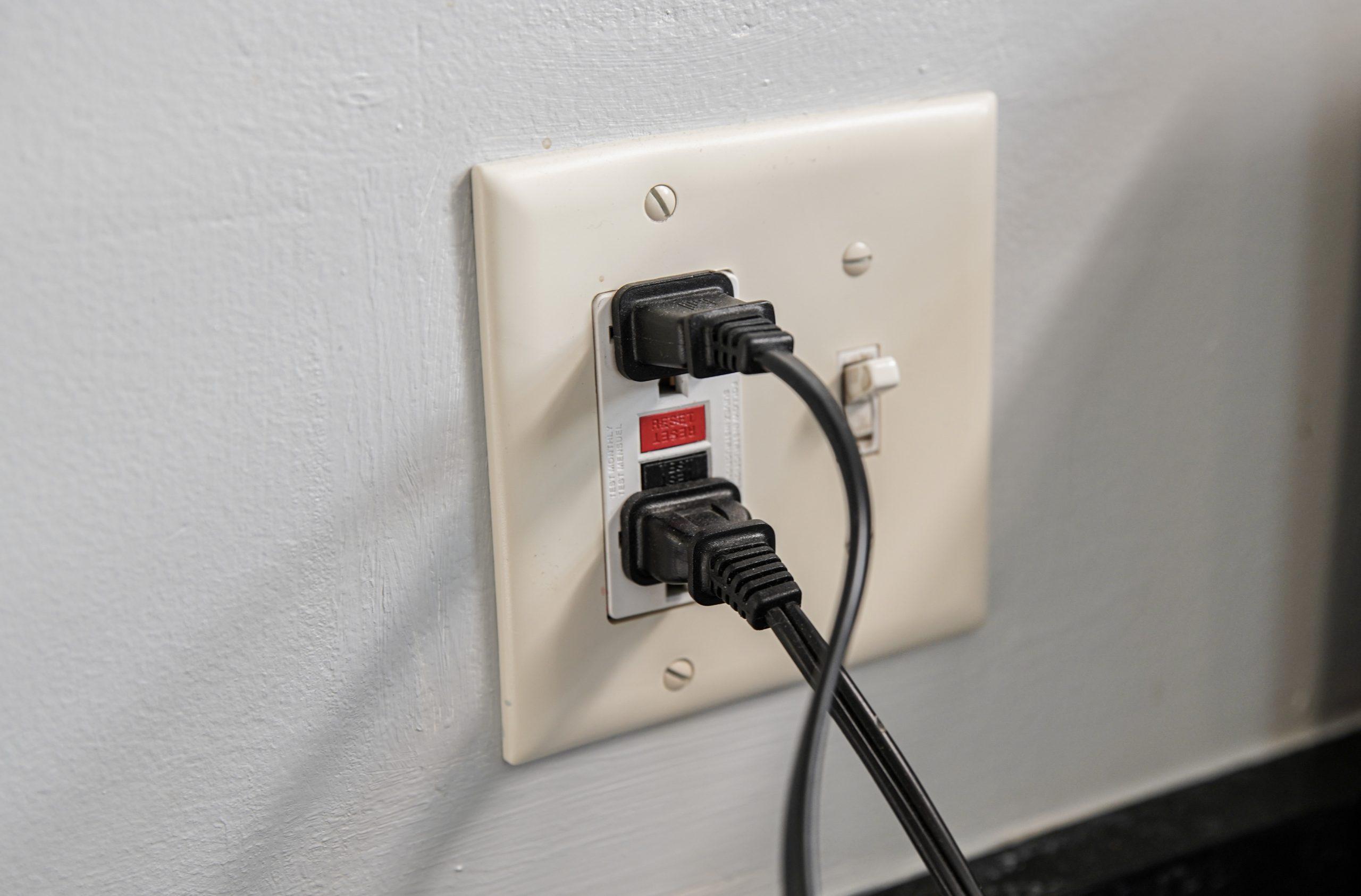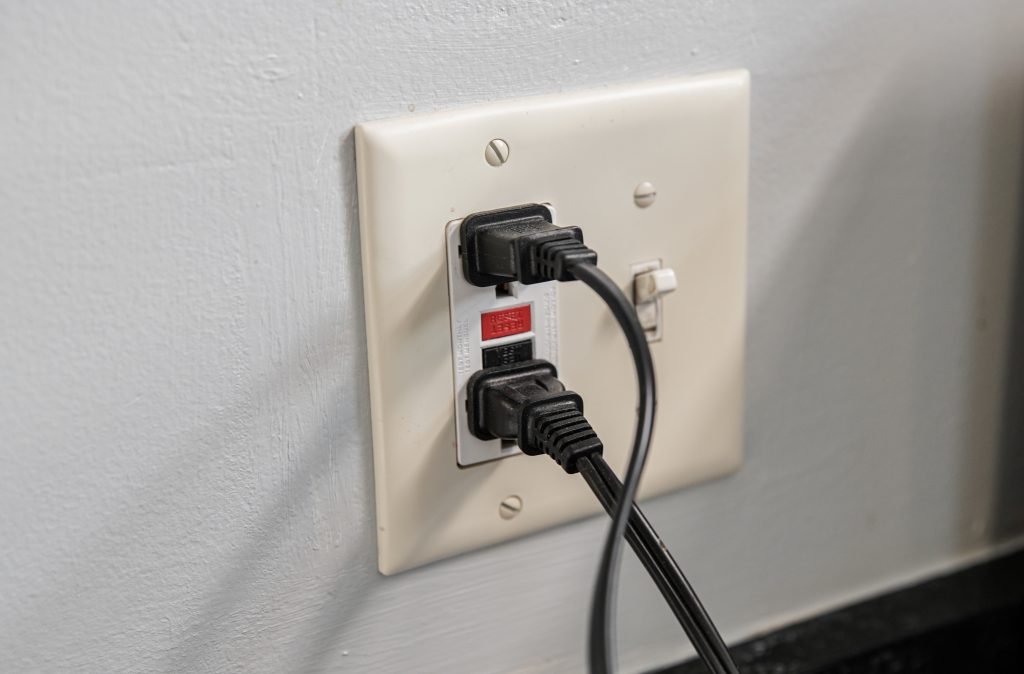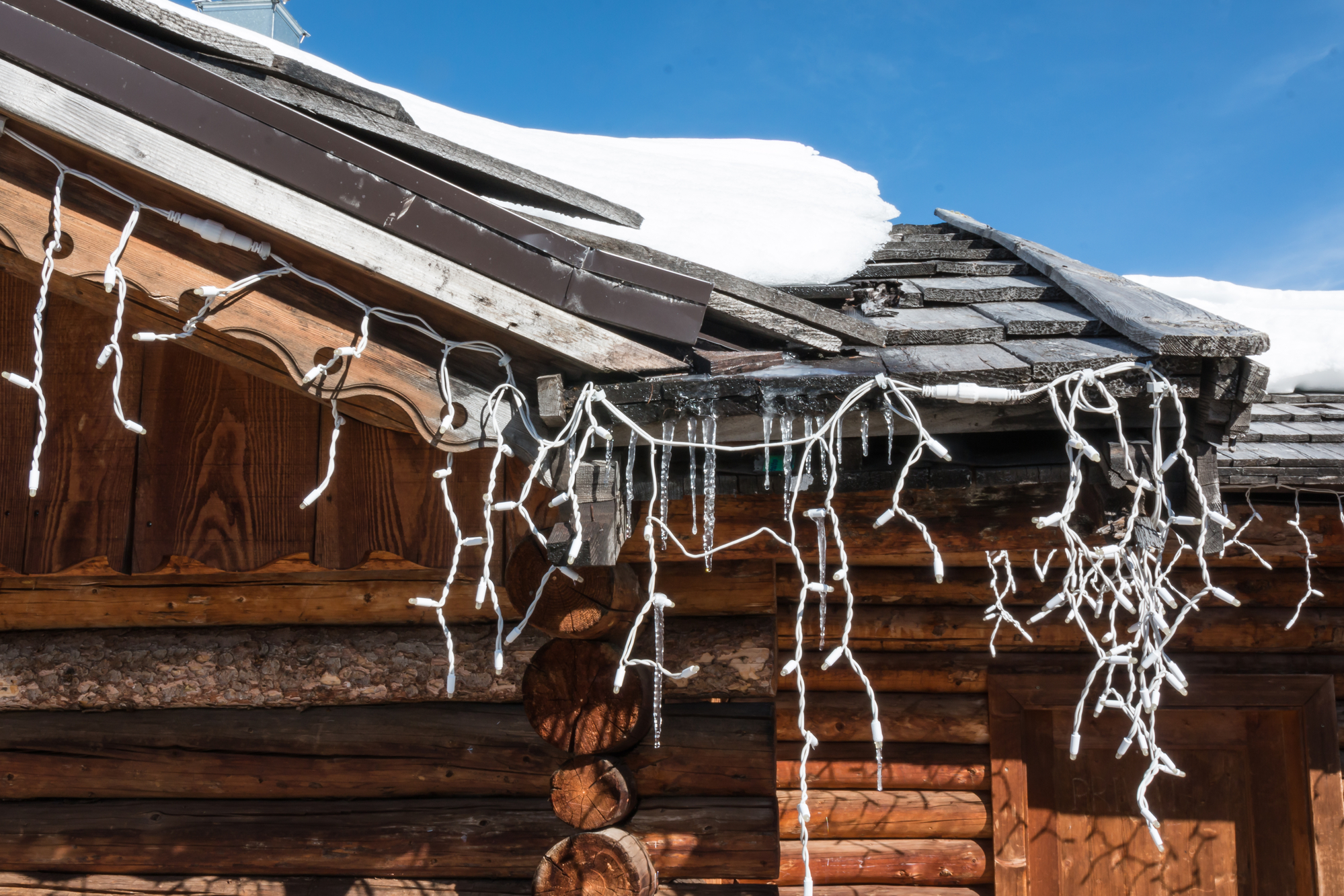You have just spent the day hanging string lights over your patio space. You took the time to ensure you hung them perfectly: no sagging, excellent ambiance. They look great — but disaster strikes when it’s time to turn them in.
One flick of a switch is all it takes to realize that your light bulbs aren’t turning on! The situation may be especially confusing because you might have a memory of them working last season. So, why are your string lights not working, and what can you do to fix it?
You are watching: Outdoor String Lights Not Working — How to Diagnose & Fix
There are several reasons why your string lights are not working correctly. The most common problems are burned-out bulbs, a faulty electrical outlet, a bad electrical connection, a power supply issue, or damaged wires within the string lights. Luckily, this is easy to fix and relatively cheap to replace.
Read on to learn more about these common problems and what you can do to help remedy them.
Diagnosing the issue
There are many reasons why your string lights are not working. However, you don’t want to electrocute yourself trying to diagnose why it’s happening.
The very first thing you should do is unplug the lights from the power source. Don’t do anything else until you finish this. Seriously, don’t play around with electricity. An average of 411 workers are electrocuted each year.
Next, check for anything that would also be a safety concern. These include exposed wires, broken fuse boxes, and bulb burns. Leave no bulb unturned, and again, be careful.

Check the power — GFCI & breakers
It is essential to check for bare wires and an open socket to prevent electric shock when working with lights. In addition to inspecting the lights, it is crucial to have the proper outlets and connections in place.
GCFI outlets are a nonnegotiable safety precaution for outdoor lights and any outlets near water like bathrooms and kitchens indoors. Of course, you can get many outdoor lights wet, but a GCFI outlet provides unparalleled peace of mind.
The benefit is that GCFI outlets will blow a circuit if they come in contact with water or wet weather. In addition, they help prevent electric shock or fire from sparking at the outlet.
Check your fuse box if you think your lights have blown a fuse box. GFCI outlets have a reset breaker right on their faces for easy access. If your GFCI outlets become damaged, replacing them is the only safe option.
Read more : How often should playground equipment be inspected?
Do not try fixing or repairing a damaged or burnt outlet or fuse unless you have adequate training and comfort.
Inspect the strand
Be sure to check your strand of string lights for burned-out bulbs. Repeatedly burnt-out bulbs can be an indicator of a more significant problem.
If you notice many burned-out bulbs, you could have an electric issue on your hands. Certain bulbs could be getting more electricity than others, causing them to burn out quicker.
Also, check the strand for broken light bulbs. Small broken light bulbs can cause problems within your strand of Christmas lights, causing only part of the strand to light up properly. Even if only one bulb is broken, it can cause the whole string of lights not to light up.
Check the strand for exposed or loose wires. A bad connection can cause issues with your power supply and bulbs.
How to Fix String Lights

When All of the Lights Won’t Turn On
We have all heard the phrase, “one bad bulb ruins the whole strand.”
If your entire string of lights won’t turn on, begin by checking for a problem bulb. You can use a light tester on your string lights to check for the faulty bulb.
If you use LED light strings for your lights, and none of the lights work, you could have a severely damaged bulb. If a bulb on an led light string goes out but is still attached to the series, the lights will continue to glow, leaving only the damaged bulb dark.
However, if the bulb has a severely damaged shunt, there is a good chance the entire strand will not turn on. Replace the specific bulb of the burnt-out Christmas light.
When you plug the light string back into the outlet, the entire strand of Christmas lights should light up again.
When Half of the Lights Won’t Turn On
A lot of people prefer LED lights on strands of string lights. This preference makes sense: LED string lights are simple, easy to care for, and require less electricity than incandescent lights.
Read more : Wyze Outdoor Cam Not Recording Events [Quick Fix]
However, when one bulb goes out on the string, it can take the other half.
If a bulb has gone out, the most straightforward fix is to replace the bad bulb. When you repair the single bad bulb, the rest of the strand should light back up.
When the Bulbs Keep Blowing
Wires within Christmas lights heat up as electrical current runs through them. If the wire gets too hot, fuses will blow a circuit to prevent any more electricity from entering the light set.
To help prevent blowing the electrical circuit, choose lighting fixtures designed for your space.
Only use outdoor-rated light strands when decorating the outside of your home. These lights are safe even in heavy rainfall and snow.
When the String Lights are Flickering
If you notice your string lights are flickering or going dark for a few seconds before returning to full light, there may be a problem with your string light fuses.
Flickering is caused by the electrical current running through the light strands of wires and into the bulb. If the conductivity isn’t optimal, your string lights will flicker as if they are going out.
The first step is to ensure that all the bulbs are screwed in tightly to their socket. Next, use your fingers to check for loose or wiggly bulbs throughout the strand of lights.
Once all the bulbs are secured to their socket, plug in the lighting fixture to test your work. If the lights do not flicker anymore, you know you have found a way to fix your Christmas lights.

Buying Replacements
Sometimes, after diagnostics are complete, you’re left with a string of lights and still don’t quite know why they’re busted.
In that case, your only option is to buy a new set. I can’t tell you what to buy to replace, but you can definitely find an assortment on online retailers like Amazon — click here to see their inventory.
Source: https://gardencourte.com
Categories: Outdoor

